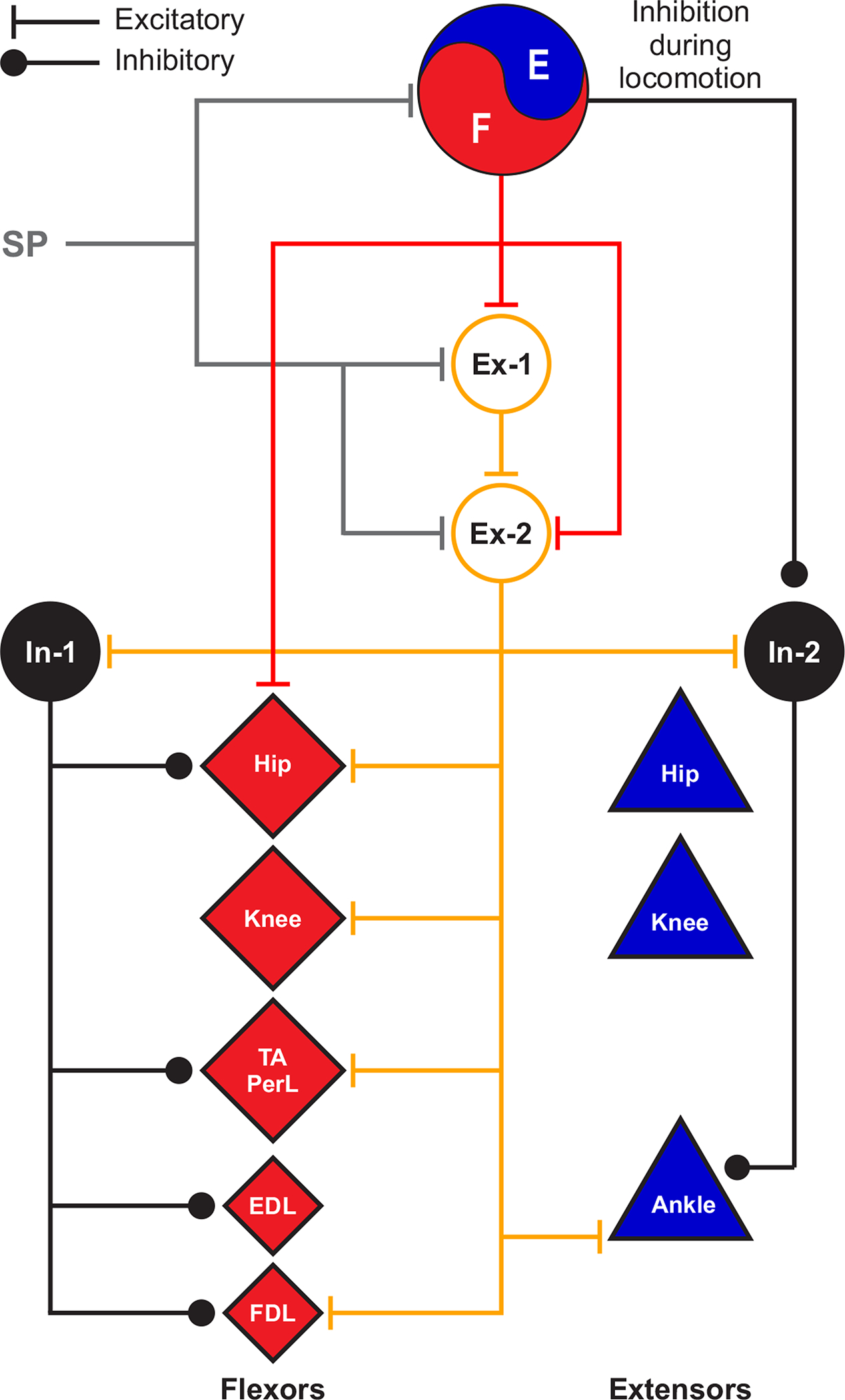Figure 21. Cutaneous inputs regulate inter-joint coordination during locomotion.

The figure shows short-latency pathways from cutaneous afferents of the superficial peroneal (SP) nerve to different hindlimb motoneurons during the flexion phase of fictive locomotion. The central pattern generator (CPG) is shown with mutually inhibiting extensor (E) and flexor (F) parts. The CPG can phasically modulate interneurons mediating di- and trisynaptic excitation of hindlimb motoneurons from SP afferents. The inhibitory pathway to ankle extensor motoneurons observed at rest (last-order inhibitory interneuron In-2) is inhibited by the spinal locomotor CPG. Reproduced and modified from (705). Ex-1 and Ex-2, excitatory interneurons 1 and 2. In-1 and In-2, inhibitory interneurons 1 and 2.
